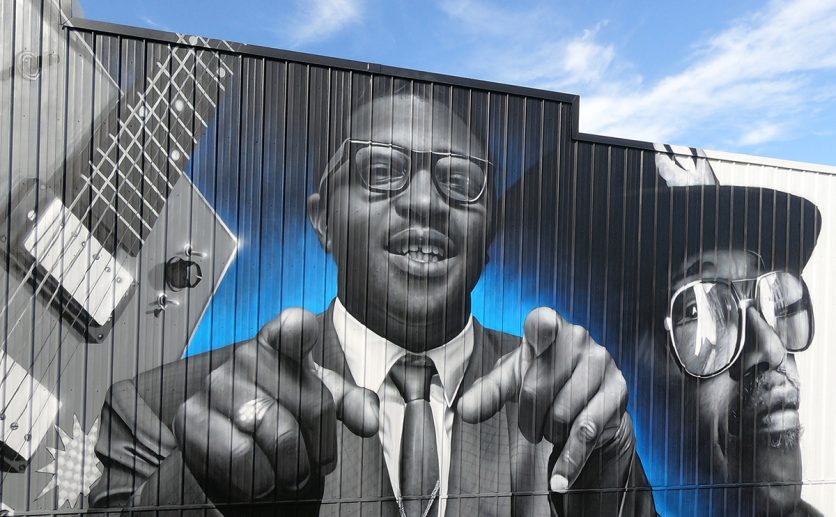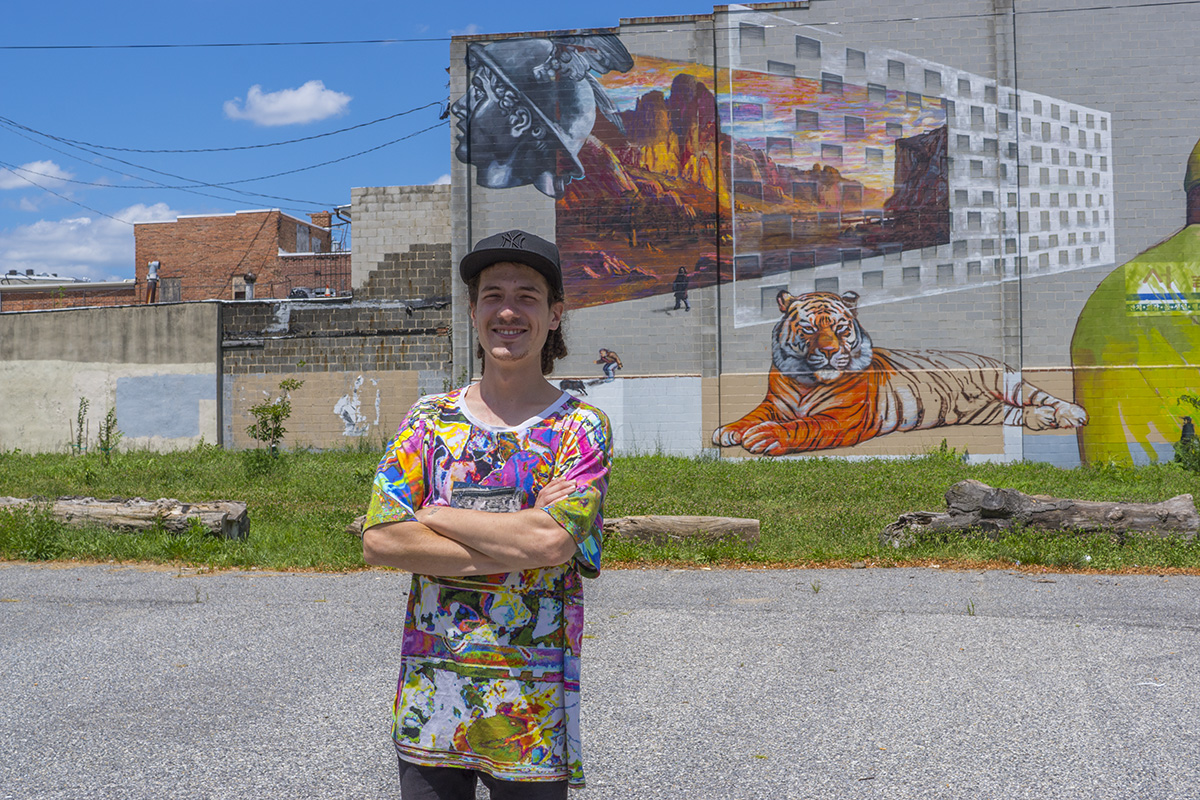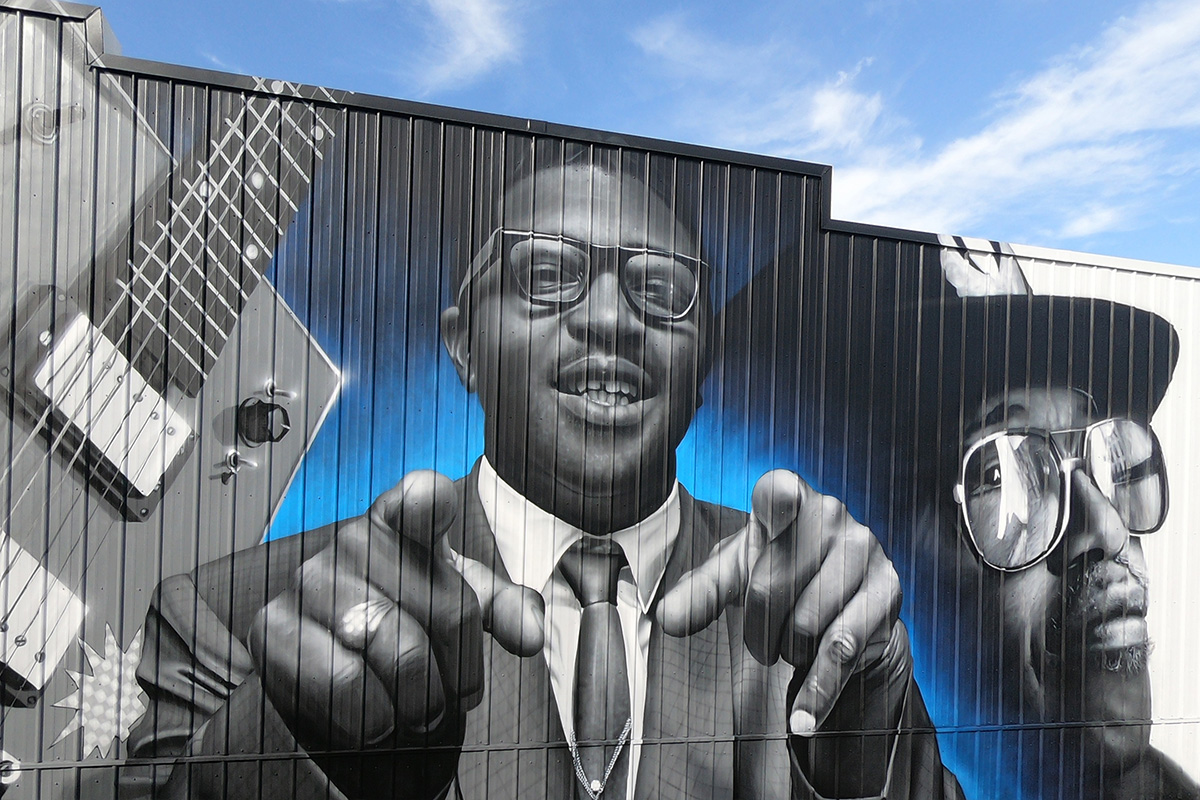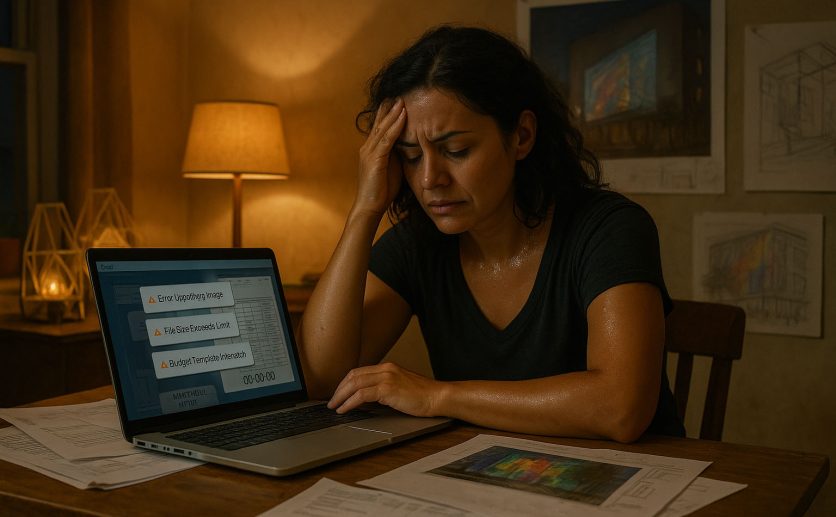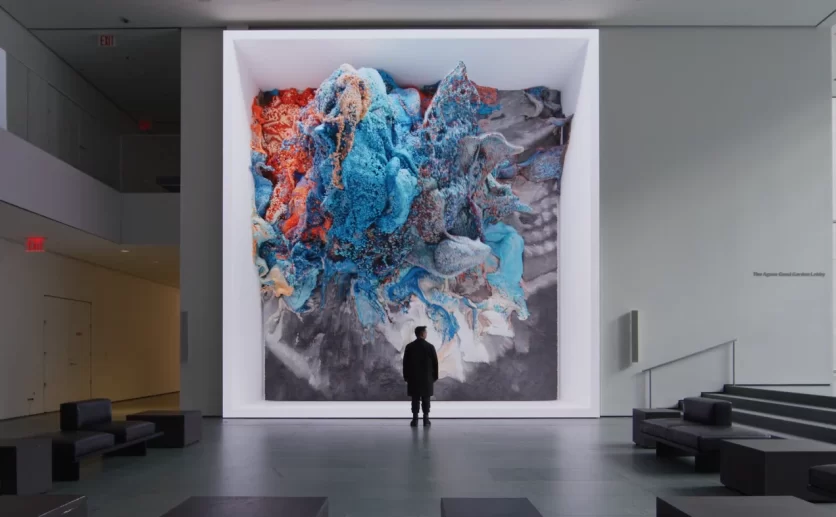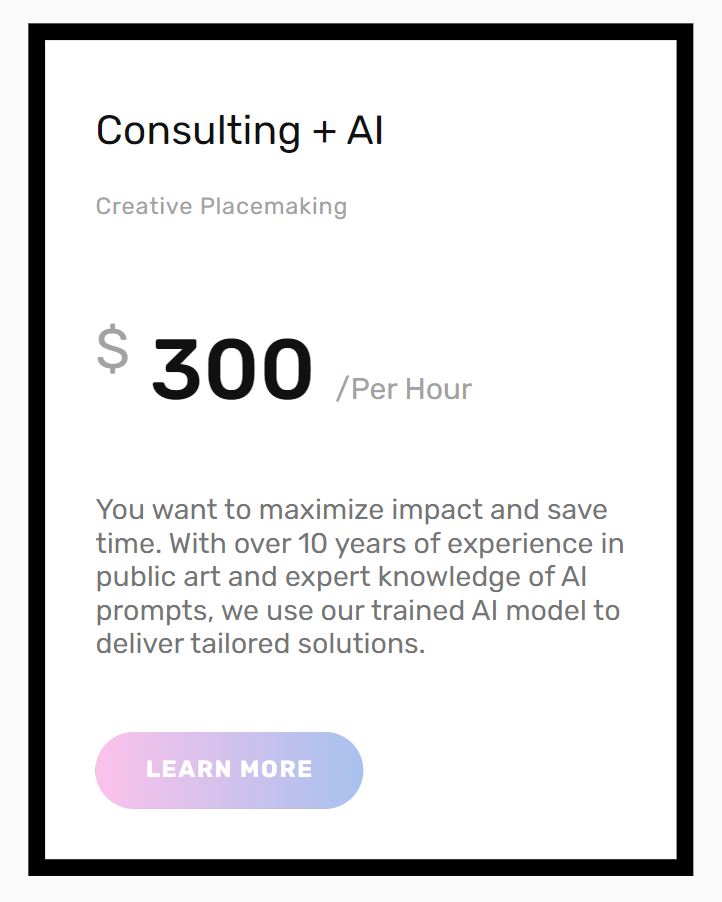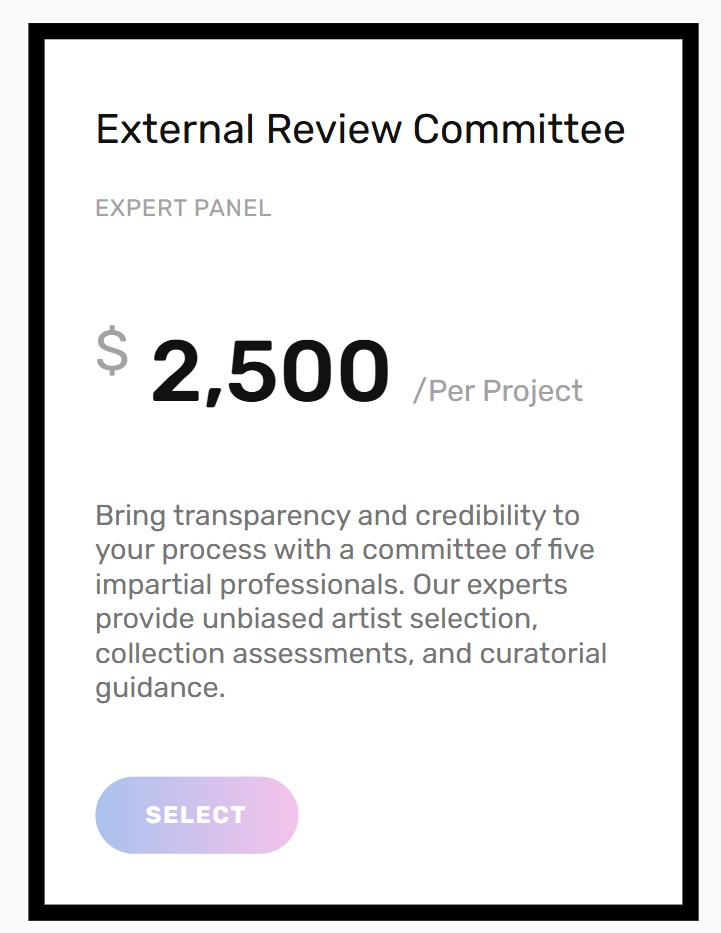Design thinking has emerged as a powerful methodology for tackling complex problems and generating innovative solutions. Originating from the field of industrial design, it has been widely adopted across industries such as technology, healthcare, and education. By prioritizing empathy, ideation, and experimentation, design thinking enables the creation of solutions that are deeply aligned with the needs and experiences of users.
Public art, traditionally focused on aesthetic and commemorative functions, is increasingly seen as a tool for community engagement and placemaking. Integrating design thinking into public art practices can enhance these efforts, making artworks more relevant, accessible, and meaningful to diverse audiences. This article investigates how design thinking principles can be applied to public art to achieve these goals.
Definition of Design Thinking
Design thinking is a problem-solving approach that emphasizes understanding the user, challenging assumptions, and redefining problems in an attempt to identify alternative strategies and solutions. It is iterative and non-linear, comprising five key phases: empathize, define, ideate, prototype, and test. Each phase is crucial in ensuring that the solutions developed are user-centered and innovative.
- Empathize: Understanding the experiences and motivations of users through direct interaction.
- Define: Articulating the problem in a user-centric manner.
- Ideate: Generating a wide range of ideas and solutions.
- Prototype: Building tangible representations of the ideas.
- Test: Evaluating the prototypes with users and refining the solutions.
Applications of Design Thinking in Other Industries
- Technology: In the tech industry, companies like IDEO and Google use design thinking to create user-friendly products. By empathizing with users and iterating based on feedback, these companies develop technologies that are intuitive and meet user needs effectively.
- Healthcare: Design thinking has been applied to improve patient experiences and healthcare delivery. Hospitals have used design thinking to redesign waiting areas, patient communication systems, and healthcare services to be more patient-centered.
- Education: Schools and universities adopt design thinking to develop curricula that foster creativity and critical thinking. It encourages students to take an active role in their learning process and solve real-world problems creatively.
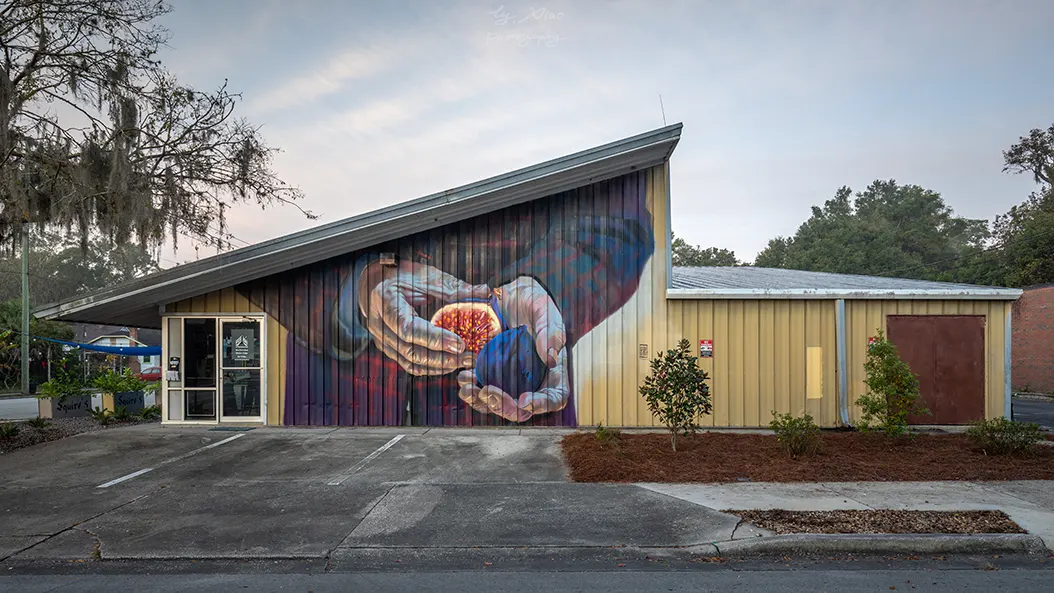
A mural collaboration with the internationally famous artist Case Maclaim to honor Maria Huff Edwards who beautified the neighborhood by establishing a community garden and planting over 200 trees. The “community hero” was identified through community surveys and observation.
Applying Design Thinking to Public Art
Public art can greatly benefit from the design thinking approach. By focusing on the community and its needs, public art projects can become more inclusive, engaging, and meaningful. Integrating design thinking into public art involves reimagining the entire process, from conception to installation and interaction. The following sections outline how each stage of design thinking can be adapted for public art projects.
Empathize: Engaging the Community
The first step in applying design thinking to public art is to deeply understand the community’s needs, values, and aspirations. This involves:
- Conducting workshops, interviews, and surveys to gather diverse perspectives.
- Observing how people interact with existing public spaces and artworks.
- Collaborating with local organizations and stakeholders to ensure broad representation.
Define: Articulating the Challenge
Based on the insights gathered, the next step is to clearly define the challenge that the public art project aims to address. This might include:
- Enhancing the functionality and accessibility of a public space.
- Reflecting the cultural heritage and identity of the community.
- Fostering social interaction and dialogue among community members.
For instance, if a community values its historical heritage but feels disconnected from it, the problem statement could be: “How might we create a public art piece that connects the community with its historical heritage?”
Ideate: Generating Creative Solutions
In the ideation phase, artists and community members brainstorm a wide range of ideas for the public art project. Techniques such as community surveys, mind mapping, sketching, and collaborative workshops can be used to stimulate creativity and explore various possibilities. The goal is to think broadly and explore various possibilities without immediate judgment.
Prototype: Developing Tangible Concepts
Selected ideas are then transformed into prototypes. In public art, this might involve creating scale models, sketches, or digital renderings of potential artworks. Prototyping allows for tangible exploration of ideas and facilitates discussions about feasibility and impact.
